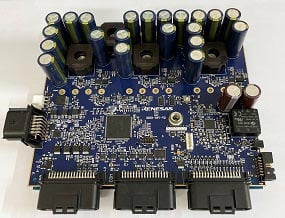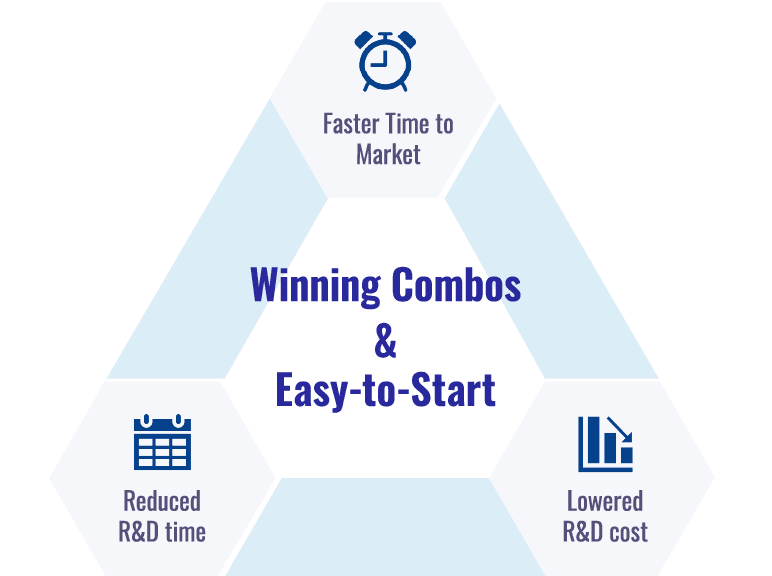Background
Renesas’ reference design solution speeds up the development process.
The performance and design of the motorbikes produced by the manufacturer featured in this case study made them popular with younger riders. At the time, many auto manufacturers were putting out electric models, and the manufacturer’s competitors were not an exception, ramping up the development of electric scooters and motorbikes. Hearing about this, the manufacturer had decided to push forward with the development of its own e-motorbike.
Problem
Was External IP the Only Way to Compensate for Lack of Motor Experience?
The manufacturer immediately set about establishing an electrification project team within its development team. They had never developed a drive system for an electric motor before, and the chief engineer describes the difficulties they encountered:
"The biggest issue was the shortage of people. Motorbikes lag cars in terms of electrification, and not many of our engineers had a good grasp of electronics. The few electrical engineers we did have had no experience with the design or building of electric motors or the associated hardware and software. Also, because it was imperative that we released our product before the competition, we needed to develop the new model as soon as possible," says the chief engineer.
At meetings convened to discuss motor control, the project team repeatedly discussed the bottlenecks in the development process and ways of overcoming them. It became clear that the inverter was the most difficult part of the system to develop. An inverter is an important component that modulates the voltage and frequency of the electricity applied to the motor. Inverters use a special kind of numerical control known as "vector control".
"We were about to use a third-party embedded software developer that specialized in this area. However, all that vendor could provide was a basic program that would operate specific hardware. We realized that to optimize the system for our own product, we would still have needed our own engineers to understand and modify the basic program provided," says the chief engineer.
The enormous cost and time requirements made the team decide to abandon the idea of partnering with a third party. While the team also talked to supplier of microcontrollers for control applications, they were unable to find a solution that was right for their problem. The chief engineer was at a loss.



